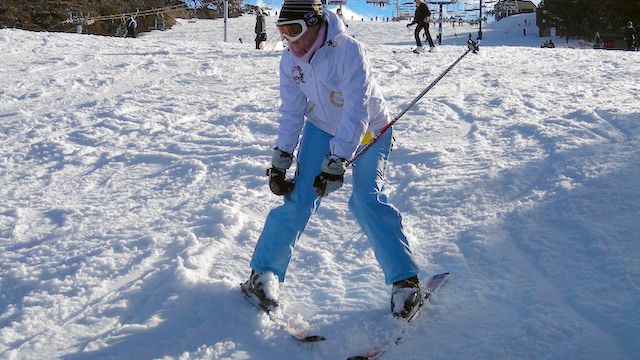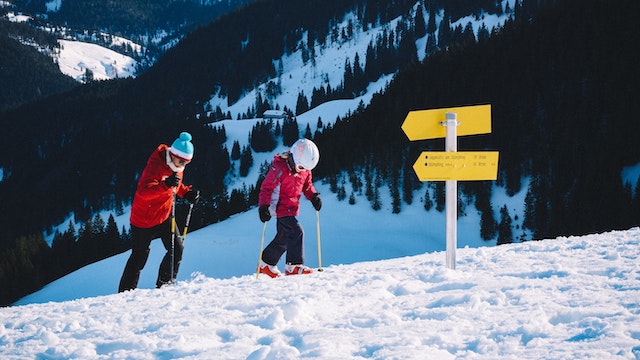Learning to ski - starting agility with Scrum
Why basic techniques have their place 2020-07-14 #agile
A surprising number of software development organisations only pay lip service to agile software development, and may even actively resist the introduction of Scrum. Working on software projects in these organisations feels like walking in deep snow: unnaturally slow, and although you might get used to it, sooner or later someone else will speed past. On skis.
The suck threshold
When you learn to ski, you first learn the ‘snowplough’ - a technique for controlling your speed. Experienced skiers don’t use this technique; the snowplough makes it possible to learn to ski properly. When you start learning to ski, you may end up going down the slope on your backside. Some people never get past this, perhaps because they didn’t learn the snowplough, or because they’re scared of going that fast.
In Badass: Making Users Awesome, Kathy Sierra calls this the suck threshold. She writes that in the suck zone, ‘I hate this!’ dominates the user experience. On the ski slope, repeatedly falling over gets old fast.
The basic Scrum practices resemble the snowplough: they give you a way to start doing successful software development projects. Only once you can ski standing up, can your agile ski coach help you evolve your technique until you can go downhill really really fast.
The snowplough
Where I grew up, on the South coast of England, most people don’t learn to ski, due to the lack of nearby mountains or snow on the ground in winter.
I first found myself on a ski slope, wearing skis, on a weekend trip to the Pyrenees during a year as a university student in South-West France. I spent my first morning on the nursery slopes trying to see how far I could get down the slope, or how fast I could go, before I inevitably fell over. Like I said, that gets old fast.

After lunch, Cristian, a Scandinavian student in the group, took pity on those of us who didn’t have a clue about how to ski and taught us the snowplough. This took perhaps half an hour, after which we were on our own again, still unable to ski but now equipped with the ability to slow down and stop.
That afternoon, I worked out how to do turns by copying other people, and reliably made it to the bottom of the slope without falling over, and without everyone else overtaking me. The next day, renewed confidence took me on longer steeper slopes, where I could go really fast. By my standards, at least.
Bootstrapping agility
Learning the snowplough parallels reading half of the Scrum Guide, and doing the first few sprints on your first Scrum project. You start doing the basics: prioritising backlog items, sprint planning, daily Scrums, and sprint reviews. These allow you to release software without ending up with your face in the snow.
For most teams that are new to Scrum, this results in more productive software development. Using the snowplough lets you move faster than walking through the snow, but slower than competent skiing. So when experienced software developers criticise basic Scrum techniques, I wonder if they also criticise novice skiers using the snowplough on their first day, because expert skiers don’t use the snowplough.


